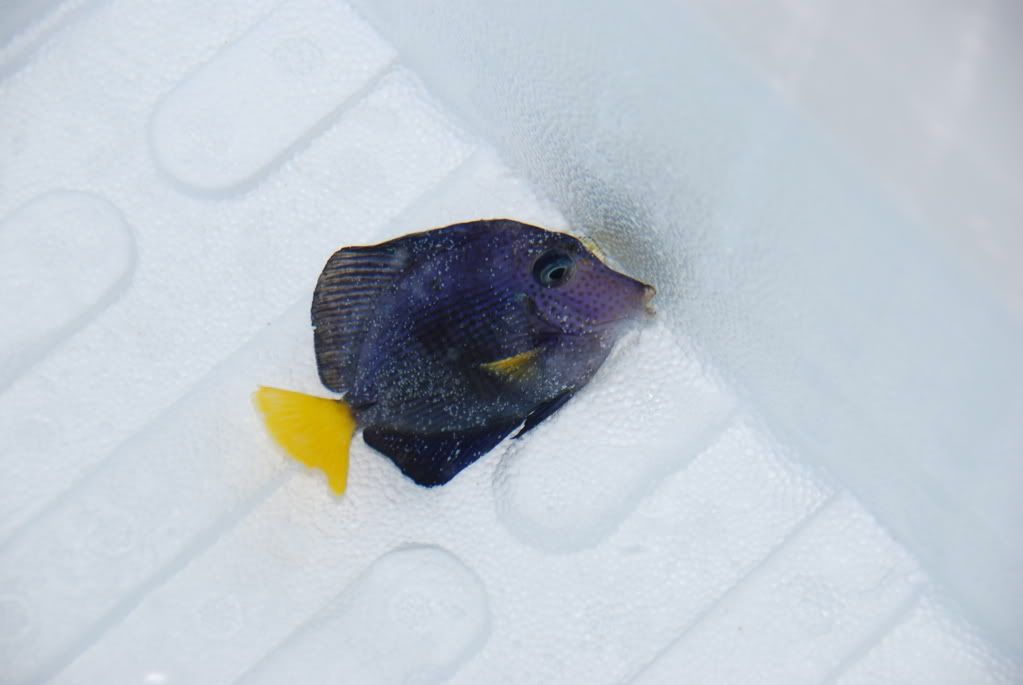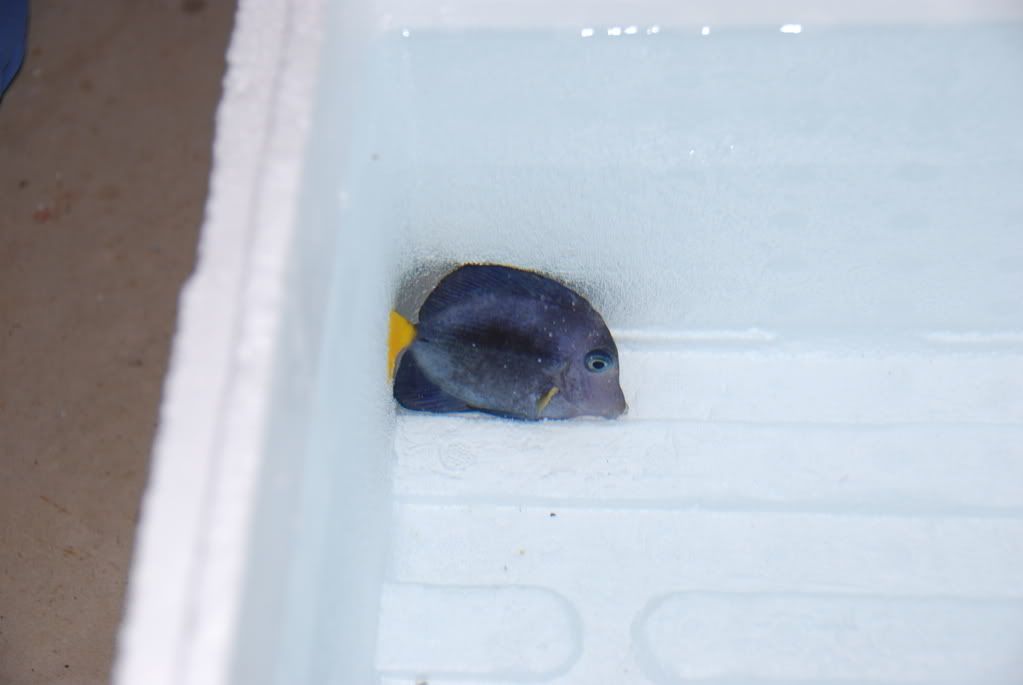Bill,
I don't want to go on a big rant about the usage of chloroquine but will try to sum it in a nutshell.
First and foremost, chloroquine ONLY targets one life cycle of Amyloodinium ocellatum, whereas copper prevents tomont division in addition to attacking the dinospore.
Chloroquine is much more expensive than copper. It would also completely devastate my biological filter. Copper kills some bacteria but will more than likely leave my sponge filter working.
Chloroquine cannot be measured. I would first have to estimate the volume of water in my QT, then decide on the proper dosage. As there is no prescribed dosage, I will now have to rely on other references for some type of guideline dose. Copper has been used for over 70 years and is tried and true. It is measurable with standard kits. It has come a long way since the days of copper sulfate to safer forms such as chelated and protein complexed.
Chloroquine is not easily available. It was available in one commercial product but that company went bankrupt. I would more than likely have to get a prescription from a vet/doctor to get this drug. Had I done that instead of copper, I'm sure all your fish would've been dead by now as you know how fast MV kills.
As Chloroquine does not prevent tomont division, I would have to subject the livestock for longer exposure to the drug to insure all MV is killed and that the lifecycle is complete. This would mean a minimum of 21 days and probably 28-35 days with full exposure to this drug. This drug does have some side affects to the digestive tract of marine fish.
I stick by my assessment that copper is the safest method. You will find more references confirming my decision than vice versa.
I don't want to go on a big rant about the usage of chloroquine but will try to sum it in a nutshell.
First and foremost, chloroquine ONLY targets one life cycle of Amyloodinium ocellatum, whereas copper prevents tomont division in addition to attacking the dinospore.
Chloroquine is much more expensive than copper. It would also completely devastate my biological filter. Copper kills some bacteria but will more than likely leave my sponge filter working.
Chloroquine cannot be measured. I would first have to estimate the volume of water in my QT, then decide on the proper dosage. As there is no prescribed dosage, I will now have to rely on other references for some type of guideline dose. Copper has been used for over 70 years and is tried and true. It is measurable with standard kits. It has come a long way since the days of copper sulfate to safer forms such as chelated and protein complexed.
Chloroquine is not easily available. It was available in one commercial product but that company went bankrupt. I would more than likely have to get a prescription from a vet/doctor to get this drug. Had I done that instead of copper, I'm sure all your fish would've been dead by now as you know how fast MV kills.
As Chloroquine does not prevent tomont division, I would have to subject the livestock for longer exposure to the drug to insure all MV is killed and that the lifecycle is complete. This would mean a minimum of 21 days and probably 28-35 days with full exposure to this drug. This drug does have some side affects to the digestive tract of marine fish.
I stick by my assessment that copper is the safest method. You will find more references confirming my decision than vice versa.





